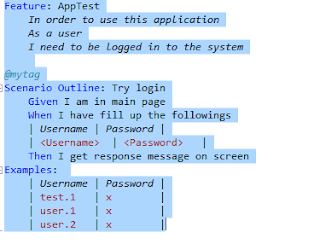msqlserver : Cannot open user default database

When you face this issue, some googling will land you on this page . To fix this, all you really need to do is change your default database to master. In your Sql management studio -> connect -> connection properties -> change Connect to database = "master" or some database you have in your local machine and hit connect. It might look something like this. No need to use sqlcmd to do the dirty job.


